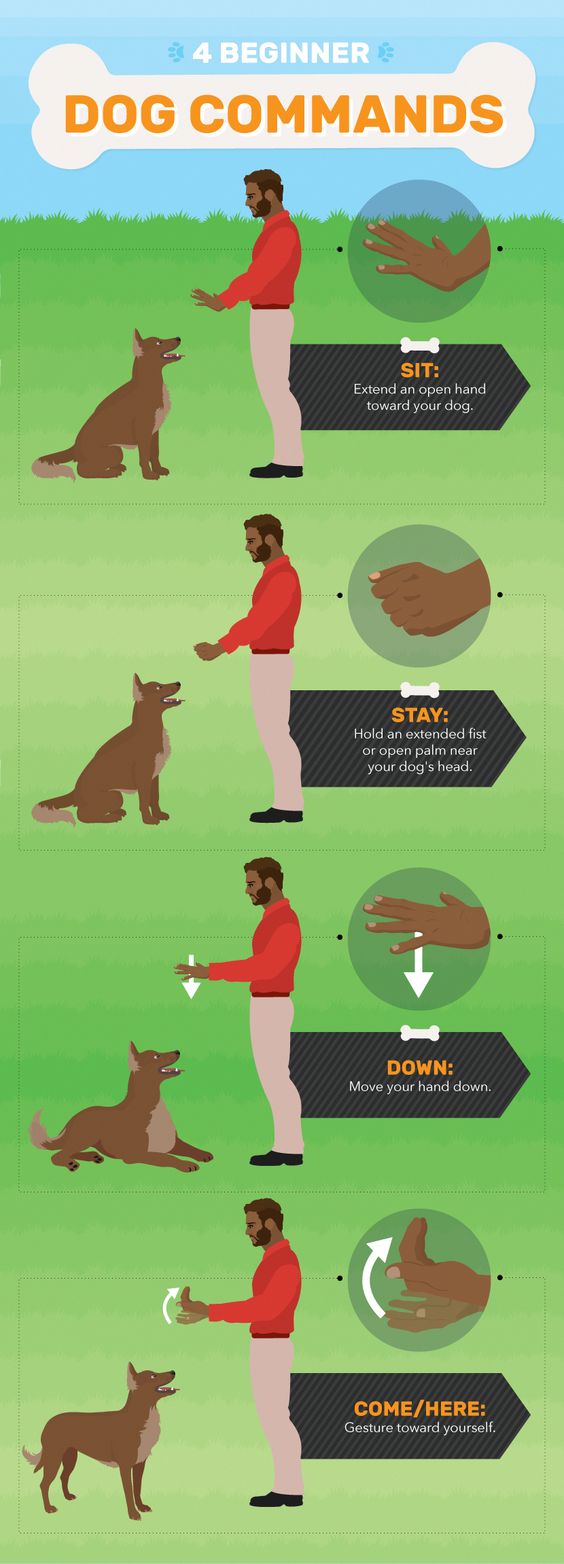Spring Canine - The Facts
Table of ContentsFascination About Spring CanineSome Ideas on Spring Canine You Need To KnowThe Only Guide for Spring CanineSpring Canine - The FactsThe Only Guide to Spring Canine
Pet dogs in the wild live by the guidelines of the pack. These rules serve them well in that scenario yet we have actually asked them to live with us and our guidelines have to currently be complied with.But there are a few dog training basics to consider first. The objective of training is to have a courteous pet dog that is certain and loosened up. Educating reasserts your duty as alpha and this makes your dog extra comfy with his place in the pack. The objective of training is not to rob your dog of his unusual high qualities such as mischievousness and clowning.
Dogs can begin training as early as 3 months. Before that, their focus is not excellent sufficient. Training a puppy can be a challenge in the beginning yet if you begin with fundamentals such as "Sit!" and "Stay," your dog will learn quickly. Older pets can definitely be educated and though they may be slower with the uptake, their calmer attitude makes training simpler. It is practical to supplement with publications and videos, your pet must attend at least a standard obedience course.
Spring Canine for Dummies

This will unwind your pet dog and give him confidence. As a pupil, pay attention intently to your fitness instructor and additionally observe what she does. Do not be terrified to ask concerns or ask for additional aid. As a teacher, be consistent and establish a training regimen for you and your pet.
Most obedience training approaches today utilize favorable support (Dog breeds). Picking an approach depends on which technique you are most comfortable with, keeping in mind your dog's individuality.
The 45-Second Trick For Spring Canine
Though the standard commands are similar among numerous training techniques, one method might be much better for your canine than one more. A shy Yorkie is less most likely to respond well to a corrective strategy while a bull-headed Pit Bull will most likely need a combination of positive and corrective support. Leave the day's stress out of the session. Photo Credit score: 825545, Unsplash The contemporary variation of traditional training truly began with Barbara Woodhouse in the 1950s. This approach makes use of physical modifications to educate a pet dog. If you inform your canine to rest and he remains standing, you could give a gentle jerk on his collar or choke chain while pressing down his rump.
This technique is thought about to be obsoleted by numerous contemporary instructors however you'll find that some canines (like that bull-headed Pit Bull) could respond to this after falling short with click for more favorable reinforcement training. This is among one of the most prominent recent sorts of pet training and was presented by Karen Pryor.

The Best Guide To Spring Canine
This is another favorable support technique yet the incentive is not the association with the clicker, however some kind of incentive. The reward can be a favored toy, food, or anything he likes (other than the feline). When you provide the incentive, you need to commend your dog in a high pitched motivating voice.

This imitates what his mommy would have done in the wild. This technique calls for some study right into the actions of canines however it can develop a very limited bond in between you.
You could additionally be interested in learning about the cognitive functions of canines. This will certainly assist you comprehend just how your pet thinks and will make training easier.
The Best Guide To Spring Canine
When bringing a brand-new pet dog home, it may be overwhelming to think about training. https://triberr.com/springcanine. There are a few various sorts of training methods to try, but which one is best for you and your pet dog? Right here are just a few of the various kinds of dog training approaches: In positive reinforcement training, the instructor rewards the dog permanently behavior
Instructors will after that overlook poor habits or hold back treats when a dog doesn't act well. * (Amazon Associate Link) to signal instantly when a canine has done something good. Foster Dog.